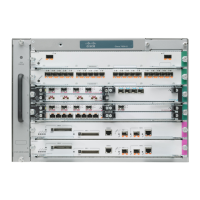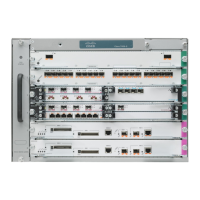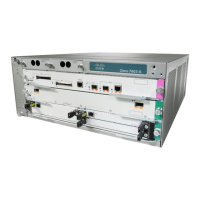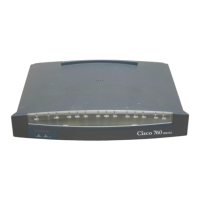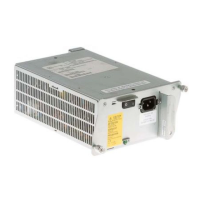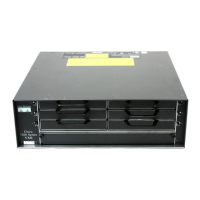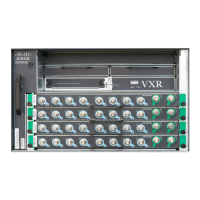20-21
Cisco 7600 Series Router Cisco IOS Software Configuration Guide, Release 12.2SX
OL-4266-08
Chapter 20 Configuring STP and Prestandard IEEE 802.1s MST
Default STP Configuration
Default STP Configuration
Table 20-5 shows the default STP configuration.
STP and MST Configuration Guidelines and Restrictions
When configuring MST, follow these guidelines and restrictions:
• Do not disable spanning tree on any VLAN in any of the PVST bridges.
• Do not use PVST bridges as the root of CST.
• Ensure that all PVST spanning tree root bridges have lower (numerically higher) priority than the
CST root bridge.
• Ensure that trunks carry all of the VLANs mapped to an instance or do not carry any VLANs at all
for this instance.
• Do not connect switches with access links because access links may partition a VLAN.
• Any MST configuration involving a large number of either existing or new logical VLAN ports
should be completed during a maintenance window because the complete MST database gets
reinitialized for any incremental change (such as adding new VLANs to instances or moving VLANs
across instances).
Table 20-5 STP Default Configuration
Feature Default Value
Enable state STP enabled for all VLANs
Bridge priority 32768
STP port priority (configurable on a per-port
basis—used on LAN ports configured as
Layer 2 access ports)
128
STP port cost (configurable on a per-port
basis—used on LAN ports configured as
Layer 2 access ports)
• 10-Gigabit Ethernet: 2
• Gigabit Ethernet: 4
• Fast Ethernet: 19
• Ethernet: 100
STP VLAN port priority (configurable on a
per-VLAN basis—used on LAN ports
configured as Layer 2 trunk ports)
128
STP VLAN port cost (configurable on a
per-VLAN basis—used on LAN ports
configured as Layer 2 trunk ports)
• 10-Gigabit Ethernet: 2
• Gigabit Ethernet: 4
• Fast Ethernet: 19
• Ethernet: 100
Hello time 2 seconds
Forward delay time 15 seconds
Maximum aging time 20 seconds
Mode PVST
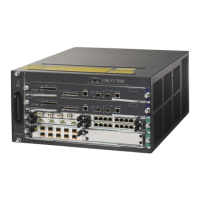
